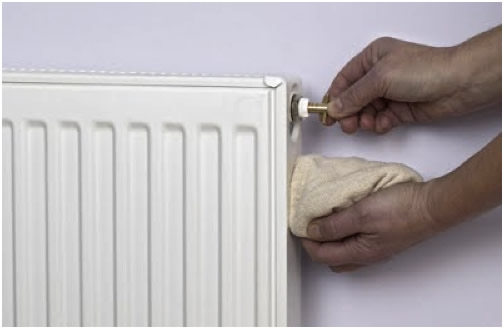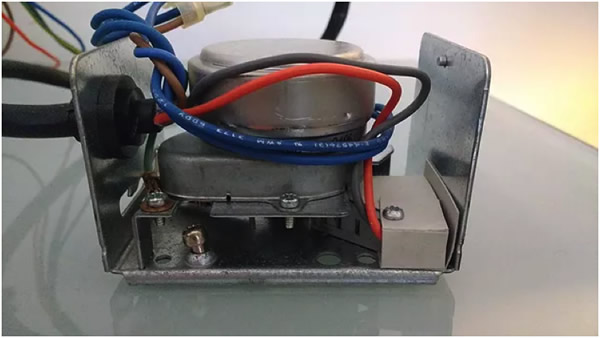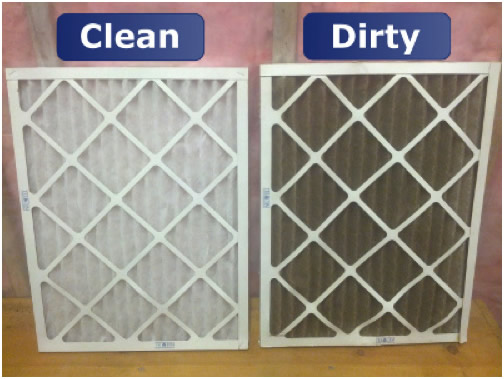 By Simon Buddle, Future Ready Homes.
By Simon Buddle, Future Ready Homes.
Here we are again. The lull in London traffic is over until Christmas, the intensity of the sun is on the wane, evenings are drawing in, and the long grey approaches. But before it sets in, we have crisp autumnal days; the seasons are changing once more. It is one of the UK’s wonderful traits – autumn is coming, the leaves are turning and there is a chill in the air.
Have you done your seasonal checks yet? We’ve fired up the heating, the system pressure had dropped, and a couple of radiators had to be bled (air removed). After months of inactivity, it’s quite reasonable for a system to need a little TLC.
Steve, my old boss, had a saying, “Wealth and patience are inversely proportional.” And it’s true. I’m often told by clients something like ‘This system doesn’t work, I spent all this money and you can’t even get the radiators warm.’ The more I try to tell a customer that the radiators need bleeding or the AC grilles need cleaning, the more frustrated they seem to get with me.

Taking care of the client
The solution is to do it for them, or at least organise it. Better still, why not arrange for a formal proactive maintenance agreement that covers seasonal changeover? Hark! I hear the distant ringing of the money bell.
Is there any value in it for the customer? Yes, absolutely. Just like I’ve checked my heating system before it’s needed, wouldn’t it be a great comfort to your customers if they knew someone had fired up the system and run it for half a day whilst checking it?
What to check
The principle is simple. Does the system work?
First there’s code/software, then KNX actuators, and finally, the system hardware; valves, pumps, and boilers. First then; are the KNX devices such as thermostats operating correctly? Are they in ‘Comfort mode’ and is the device responding to changes in setpoint? Are valves or valve controllers still set to ‘Summer mode’?
In simple terms, at a controls software level, does the system function? Does that ‘error’ between the setpoint and actual temperature trigger the valve to open so that heat can flow, and did the boiler get our demand signal for heat? That is, arguably, the end of our responsibility. However, lurking below stairs or in access panels dotted all over the property are a whole host of issues that just might make your client think, ‘This system doesn’t work – I spent all this money and you can’t even get the radiators warm.’
Demarcation points
Knowing where your system ends, and therefore your responsibility, is a prime requisite of our world. But offering seasonal maintenance requires us to take on a little responsibility. Surely, we’re not going to ask the customer to call in all the associated trades; electrician, plumber, air-conditioning engineer et al. We should always be the person to take control of the overall system. And in so doing, we need to have enough knowledge of the possible issues we may find, and how to test for them.
Heating
Systems that remain idle for long periods may lose water, leading ultimately to air in the upper radiators and under floor pipes. That won’t happen if the system is vented and has a filling (water top up) loop, but not all systems are automatic. We should prove that the boiler is generating heat, which is being transferred through pumps and valves all the way to its destination. It is worthwhile taking the valve control head off and checking that the valve pin works manually, as they can sometimes stick.

Air conditioning (AC)
If the system has AC, that should be checked too. It may have been running continuously for several weeks, so be sure that it responds to ‘off’ commands, or, if it is used to provide constant fresh air, that it runs correctly in ‘fan only’ mode. Many AC units will run for a time but then shut down if the filters are dirty, so be sure to leave it running for a while and check on it an hour later or so. Another element worth checking with AC and MVHR (Mechanical Ventilation with Heat Recovery) is a noise check. With constant running of fans, they may develop high-pitched whining noises. If so, it’s time to get the AC engineer out.

Calling out the trades
Ultimately it isn’t for us to tinker with the systems of others. Sure, if it is just bleeding a radiator, then why not? However, our role is to project manage others and deliver a functioning system for the customer. For every job, I keep a contacts list and will always default to those companies to resolve any issues. They designed and installed the system, so they are likely to be able repair or change it with the minimal cost or disruption.
Conclusion
Providing a well-rounded, proactive maintenance service comes with its own set of problems, but the right approach to problems can turn them into money. Understanding what the problems are or might be, will mean gaining the necessary knowledge about the control system, namely heating system design, AC design and plant room design. The more skills we have under our belt, the more valuable we are to our customer.
Simon Buddle is a consultant for Future Ready Homes, a specialist in BMS and ELV services system design.












